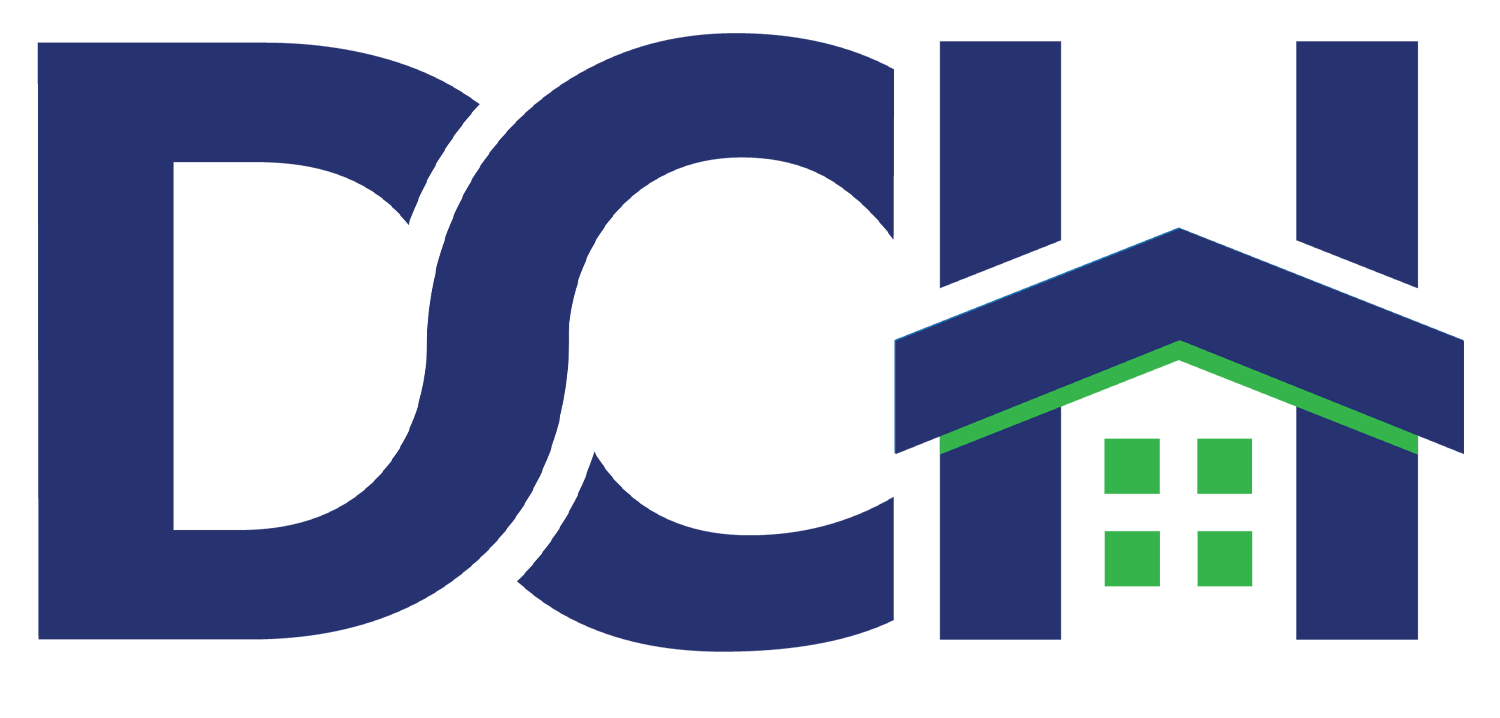Building for the Future: Technology and Innovation in Mixed-Use Workforce Housing Design
DCH is very lucky to have the guidance and experience of our new chair, Stephanie Behring when we conceptualize and plan new developments. Despite so many case studies to the contrary, one of the biggest misconceptions we face in affordable and attainable housing is that it is unattractive and inefficient or that it necessarily has to be retrofitted. We wanted to show just a few of the ways technology and innovation are working in mixed-use workforce housing that improves, not detracts, communities, facades, and environments.
Mixed-use workforce housing in Dallas must address needs for a growing workforce that is being forced out of the city, and housing prices that outpace growth. Technology and innovation bring solutions in the design and functionality of space to meet the needs of our urban workforce.
Urban Spaces: Urban Oasis
Mixed-use workforce housing calls to mind for many, residential blocks or commercial districts without trees and that are high-density. Many studies, some of which you can find here, show that the modern urban workforce is looking for inclusive environments that cater to the diverse needs of residents and workers. Mixed-use workforce housing must meet the needs of workers and residents. Design that is modern and incorporates elements of greenery are some of the ways we are seeing that please all. We see features like gardens, living walls, and sleek energy efficient materials bridging these gaps.
Technology and Sustainability
Successful mixed-use workforce housing integrates technology through smart home technology, energy usage, and security solutions. For those investing in housing or revitalizing urban housing communities, these advances safeguard their investments. Moreover, technologies such as 3D printing and modular construction techniques revolutionize the way housing is built, making it more efficient, cost-effective, and sustainable.
Sustainability and Resilience
Eco-friendly design is more than a trend, another misconception developers of mixed-use development in urban areas face is that materials will be substandard. The technologies mentioned above have led to incredibly affordable, durable, and attractive advancements in building attainable housing. Mixed-use workforce housing is able to embody sustainable practices such as green building materials, energy-efficient systems, and renewable energy sources more than conventional building in some cases. These new developments are designed with resilience in mind, which also can withstand the impact of natural disasters, ensuring the long-term viability of a community.
Technology, Community, and Gardens
Mixed-use workforce housing cannot be developed in a vacuum. Technology can play a big role in fostering community engagement and promoting well-being. Social media networking platforms facilitate interactions among neighbors and encourage active lifestyles. Modern mixed-use developments include parks, community gardens, and recreational areas, aid to promote community and add value to neighborhoods.
Building a Sustainable and Equitable Future
We are in a new era in urban development and mixed-use workforce housing. The need for more housing and the lack of urban space presents a unique opportunity for real creativity and DCH has a bold vision for the future. Technology and innovation can redefine not only how we build housing but also how efficiently we work and engage with our surroundings. Whether employing sustainable design practices to enhancing connectivity and community engagement, the new principles emerging in mixed-use workforce housing embody progress and inclusivity. Will you join DCH and the cause to build more urban housing and transform communities in Dallas?

